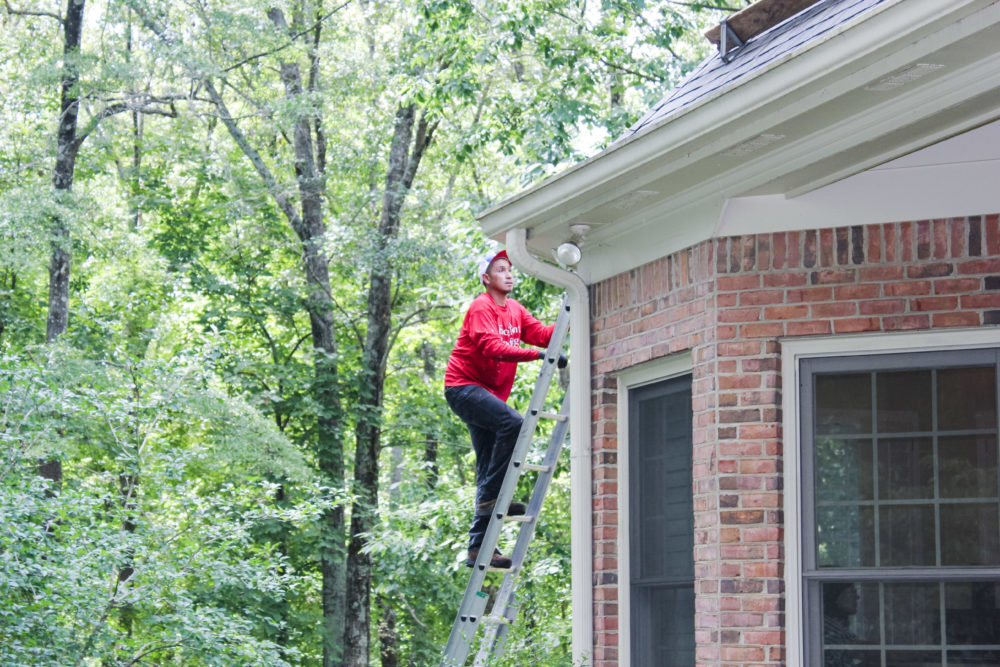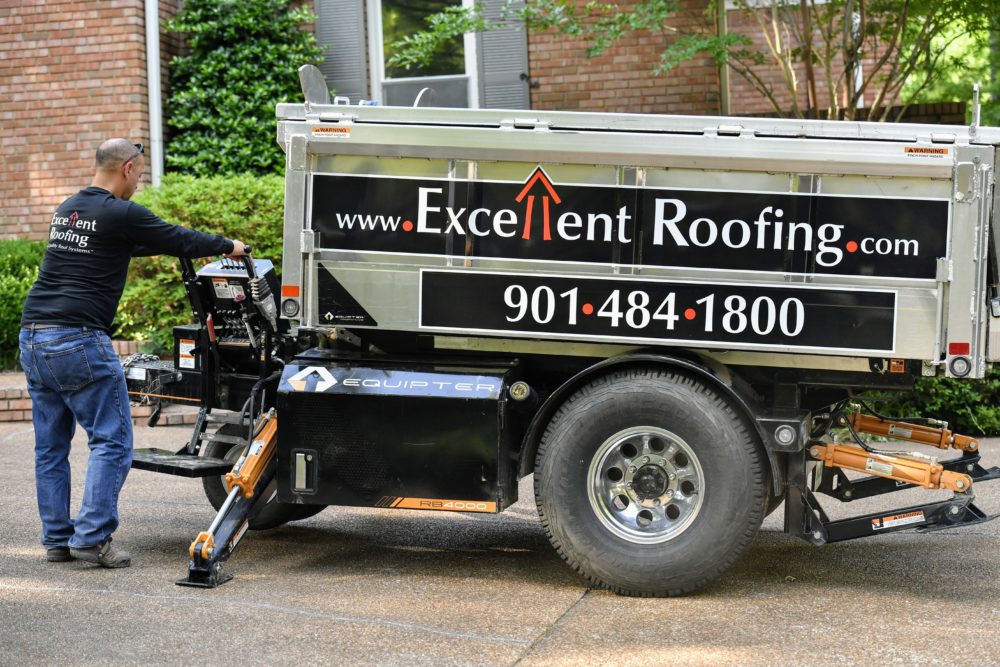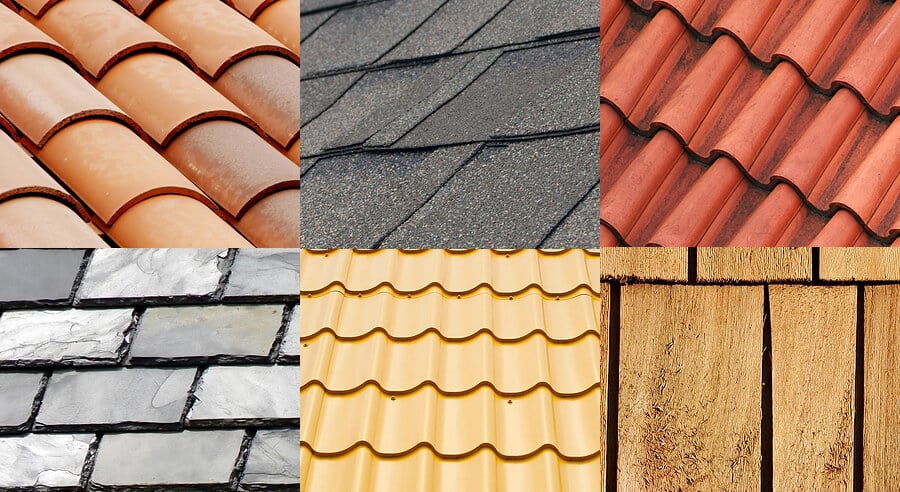According to the EPA, you could save 15% on your heating and cooling bills by adding insulation to your home. In particular, attic insulation keeps your home warmer in the winter and cooler in the summer.
Based on that statistic, an air-tight attic seems like the way to go, right? Wrong.
Aside from protecting your home, promoting air flow is your attic’s most important job. A sealed attic can actually cause expensive damage to your home.
The good news is, attic ventilation isn’t as mysterious or contradictory as it sounds. Keep reading to learn the ins and outs of roof ventilation as well as the parts of a ventilation system.
Play VideoIs Your Attic Properly Ventilated?
Schedule an estimate & inspection Online Today
GET AN ESTIMATEWhy is Attic Ventilation Important?
A properly ventilated attic will save you money on your heating and cooling costs. If hot air gets trapped in the attic, that extra heat will radiate down into your home. Your HVAC system will have to work harder to keep your home comfortable.
Attic vents also make your roof last longer. Without cool air circulating, your attic will function like an oven. Your shingles will start to break down and you’ll need to replace your roof sooner rather than later.
Ventilation is also important during snowy weather. If your attic is too warm, the heat will make the snow melt too quickly. That can lead to ice dams, which cause roof leaks and water damage.
How Does Roof Ventilation Work?
Roof ventilation systems are built around the principle of convection currents, which is when a temperature difference makes particles shift around. Convection currents are a natural phenomenon that you can find in everything from a pot of boiling water to the Earth’s atmosphere.
In your home, a convection current makes warm air rise to your attic and cold air sink to the lower floors of your house. Warm air rises because it’s less dense than cold air.
But, when the warm air has nowhere to escape, it can cause problems.
The way a roof ventilation system works is simple—it uses a series of vents to let out warm air and take in cool air. The vents help circulate air throughout your attic.
Is Your Attic Causing Roof Damage?
Schedule an estimate at a time that’s convenient for you
GET AN ESTIMATETypes of Ventilation: Passive Ventilation vs. Powered Exhaust Vents
There are two main types of ventilation systems—passive ventilation and powered exhaust fans.
Passive ventilation uses intake and exhaust vents. The intake vents let air into the attic and the exhaust vents send it out. This type of ventilation relies on the natural convection currents that we discussed above.
The intake vents are usually in the soffit, which is the lowest part of your roof. The exhaust vents are typically in your roof’s peak. Since hot air rises, the peak is the most natural place for air to escape.
Keep in mind that some vents only work for intake, some only for exhaust, and some types can do both. Your passive ventilation system might use one of the vents below or a combination of several types.
The second type of ventilation system uses a powered exhaust fan to circulate air in your attic. This single vent handles both intake and exhaust.
Passive Ventilation
Soffit Vents
Soffit vents are a type of intake vent in passive ventilation systems. They come in two forms—as a long piece of perforated soffit material or small vents installed in the soffit several feet apart.
It’s an affordable type of vent that’s really effective at bringing cool air into the attic. But, given their location, it’s easy to accidentally cover them up with attic insulation.
Gable Vents
Gable vents work as both intake and exhaust vents. They’re a type of louvered vent that you’ll see on the side of the house, just below the roof’s peak. They’re often white or painted to match the house’s exterior.
These attic vents will not only add an aesthetic touch to your home, but they also do the work of two vent types.
But, their effectiveness at cooling down your attic depends on the direction of the wind. They work well when the wind blows directly into the vent, but not as well when the wind blows in another direction or the air is still.
Ridge Vents
A ridge vent or ridge cap is a type of exhaust vent. This vent is a long piece of material that runs the length of your roof’s peak. There’s a small gap on the underside of the vent that allows hot air to escape the attic.
This is one of the most popular types of roof vents because it’s practically invisible to the naked eye. Since the entire roof peak is the vent, you’ll get ventilation over a greater surface area.
But, they are more expensive than other vent types. There is also a chance that they’ll leak during heavy rain.
Static Vents
Static vents are a type of exhaust vent. They’re small metal boxes that get installed periodically across your roof, close to the peak.
They come in a range of shapes and styles like round, square, or slanted. Some models are basic vents while others contain small turbines that turn when the wind blows through them.
These vents are a very affordable option, but they can hurt your home’s curb appeal.
Powered Exhaust Vents
Powered exhaust fans don’t use passive ventilation. Instead, they function like a turbine fan. When the attic air reaches a particular temperature, the fan will kick on and circulate air until it reaches the set temperature.
Attic ventilation fans do a great job of cooling off the attic. But, they can also suck cool air out of your home, especially if your attic floor isn’t sealed very well. Your air conditioner will have to work harder to keep up.
Powered exhaust fans can run on either solar power or electricity which can also impact your utility bill.
How to Solve Your Attic Ventilation Problems
Proper ventilation can extend the life of your roof, control the temperature in your home, and save you money on utilities.
But, attic ventilation can be a complex problem to fix. Plus, you’ll have to crawl around in your attic, get on a ladder, and check out the roof. That’s why it’s best to leave it to the professionals.
At Excellent Roofing, we can investigate your roof’s ventilation problems and give you a solution. Contact us today for more information.
Get a Professional Attic Health Check
Drop us a line today to schedule your inspection
GET AN ESTIMATE



